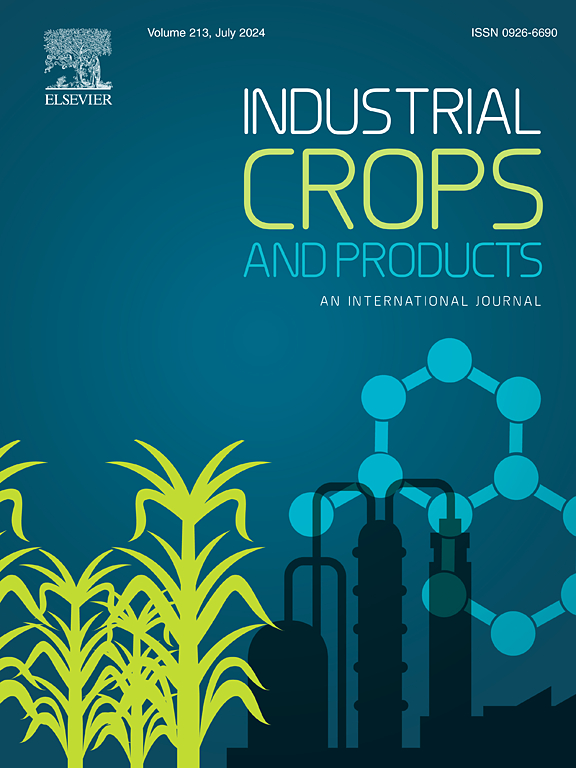云南松对不同遮荫程度的形态生理响应
IF 5.6
1区 农林科学
Q1 AGRICULTURAL ENGINEERING
引用次数: 0
摘要
云南松(Pinus yunnanensis)是中国西南特有的森林植被。目前,云南松林的再造林大多是利用苗木进行的,这往往导致子代之间的差异很大。而通过无性系繁殖可以保证母树性状的稳定遗传。云杉无性系繁殖的成功与否,其枝条的营养成分和质量起着至关重要的作用。本研究以云南云杉幼苗为研究对象,分别在0 %、25 %、50 %和75 %遮荫条件下,在保持苗高10 cm的条件下,进行断头处理。测量了幼苗高度、株径、根系形态和养分含量。结果表明,遮荫使云南白杨断头苗的快速生长期提前,同时也延长了快速生长期和枝条分枝高峰。此外,从遮荫对地下部分的影响来看,遮光可以促进侧根生长,提高养分吸收效率。遮荫处理提高了氮素和磷含量,氮素是遮荫响应的限制元素。遮荫还改变了嫩枝的营养化学计量特征。综上所述,云南柽柳是一种耐荫树种,遮荫更有利于增加枝条分枝养分含量,从而促进其生长发育。本文章由计算机程序翻译,如有差异,请以英文原文为准。
The morphological and physiological responses of Pinus yunnanensis to different levels of shading after decapitation
Pinus yunnanensis is an endemic forest vegetation in Southwest China. Currently, most reforestation of P. yunnanensis is conducted using seedlings, which often results in significant variation among the progeny. In contrast, stable inheritance of characteristics from the parent tree can be ensured through clonal propagation. For the success of clonal propagation of P. yunnanensis, the nutrient content and the quality of the shoot branches play a crucial role. This study focuses on P. yunnanensis seedlings as the research subject, conducting decapitation treatments under 0 %, 25 %, 50 %, and 75 % shading conditions, while maintaining a seedling height of 10 cm. Measurements were taken for seedling height, plant diameter, root morphology, and nutrient content. The results indicated that shading advanced the rapid growth phase of decapitated P. yunnanensis seedlings while also extending the rapid growth period and the shoot branching peak. In addition, From the perspective of the effects of shading on belowground parts, light shading can promote lateral root growth and improve nutrient absorption efficiency. Moreover, shading treatment increased the nitrogen and phosphorus content, with nitrogen being the limiting element responding to shading. Additionally, shading altered the nutrient stoichiometric characteristics of the shoot branches. In conclusion, P. yunnanensis is a shade-tolerant species, and light shading is more favorable for increasing nutrient content in shoot branching, thereby promoting their growth and development.
求助全文
通过发布文献求助,成功后即可免费获取论文全文。
去求助
来源期刊

Industrial Crops and Products
农林科学-农业工程
CiteScore
9.50
自引率
8.50%
发文量
1518
审稿时长
43 days
期刊介绍:
Industrial Crops and Products is an International Journal publishing academic and industrial research on industrial (defined as non-food/non-feed) crops and products. Papers concern both crop-oriented and bio-based materials from crops-oriented research, and should be of interest to an international audience, hypothesis driven, and where comparisons are made statistics performed.
 求助内容:
求助内容: 应助结果提醒方式:
应助结果提醒方式:


